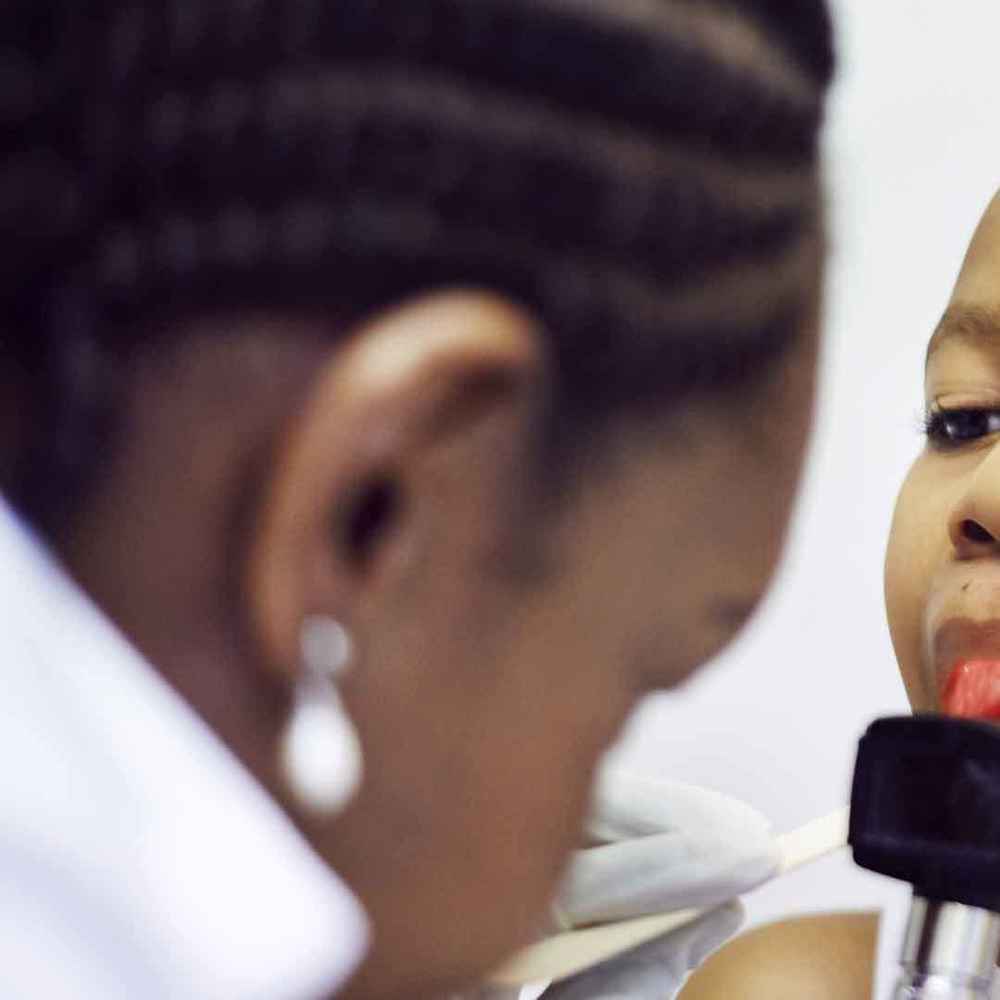
Nasal & Sinus
Nasal Obstruction & Sinus Disease Service
The nose is a complex organ that serves to warm, humidify and filter the air that reaches our lungs. Airflow through the nose is also important for the sense of smell since the smell receptors are in the roof of the nasal cavity. The common complaints related to the nose include nasal congestion, runny nose, post nasal drip, and nose bleeds.
Our Services
- Endoscopic Sinus Surgery
- Septoplasty
- Balloon Sinuplasty
- Turbinate Reduction
- Nasal Cautery for Nose Bleeds
Conditions We Treat
- Sinusitis
- Acute and Chronic Sinusitis
- Rhinitis
- Rhinosinusitis and How is it Treated
- Nasal Congestion
- Post Nasal Drip
- Sinus Headaches
- Deviated Septum
- Nose Bleeds
Emergency Cases
(703) 499-8787
Your treatment plan is designed for steady progress, with every phase promptly implemented.
What causes nasal congestion?
Nasal congestion is usually caused by underlying anatomic abnormalities of the nose and/or inflammation and swelling of the lining of the nose called the “mucosa.”
We don’t really know why we have sinuses. There are theories that evolutionarily, the sinuses helped to lighten the head so we could stand upright. They also act like crumple zones in a car that protect the brain from trauma. The sinuses also help modulate the sound of our voice.
The sinuses in your cheeks are called the maxillary sinuses. The sinuses in your forehead are called the frontal sinuses. The sinuses between the eyes are actually composed of numerous air cells and we call these the ethmoid sinuses. In the back of the nose and in the middle of the skull, there is the sphenoid sinus.
The sinuses are normally filled with air and are lined with mucosa that produces mucous. They are connected to the nasal cavity through openings called ostia. Normally mucous is easily swept out of the ostia, however if the ostia become blocked due to inflammation from allergies or the common cold, mucous can accumulate in the sinuses and air cannot enter into the sinuses. This results with sinus pressure and facial pain. If the blockage occurs long enough, the stagnant mucous can be a breeding ground for bacteria and a bacterial sinus infection “sinusitis” can occur. Because the nose and sinuses are interconnected, otolaryngologists now use the term “Rhinosinusitis.”
How can nasal congestion be treated?
If you have nasal congestion and allergies call today for an evaluation with the physicians at Potomac Otolaryngology at 703-499-8787.
If allergies are a major cause of nasal congestion, treating for allergies including nasal sprays and oral antihistamines are helpful to decrease the swelling inside the nose. It is also helpful to wash the nasal cavity with saline to help clear away the allergens that we breathe in.
If management of allergies does not suffice, treatment of underlying anatomic abnormalities may be beneficial. These procedures include septoplasty to straighten the septum and turbinate reduction to remove excess bone and/or to reduce the submucosa so that the turbinates do not swell as much.
How is rhinosinusitis treated?
If you have sinus related symptoms, call today for an evaluation with the physicians at Potomac Otolaryngology at 703-499-8787.
For viral rhinosinusitis, supportive therapy including analgesics, nasal saline, decongestants, and nasal steroid sprays can be beneficial. Viral infections are self limited and usually resolve within 10 days. If symptoms get worse after 10 days, you may have a bacterial infection. Sometimes, a bacterial infection may be present if you improve within 10 days, but suddenly worsen again. Bacterial rhinosinusitis is treated with oral antibiotics. Occasionally oral steroids may be needed to help decrease the swelling inside the nose. Treatment of allergies may help to decrease the number of sinus infections.
A comprehensive medical history will be obtained and a physical examination of the head and neck will be completed. It may be necessary to perform a nasal endoscopy for further evaluation. The nose is sprayed with a decongestant and topical anesthetic to numb the nose so that you are comfortable during the procedure. An endoscope is then passed into each nasal cavity to evaluate. The anesthetic often numbs the throat and therefore we ask our patients not to eat or drink for an hour after the procedure.
People Say
Great experience. They are courteous and knowledgeable.
Lisa Berry
Patient
